Talents Assistant Blog
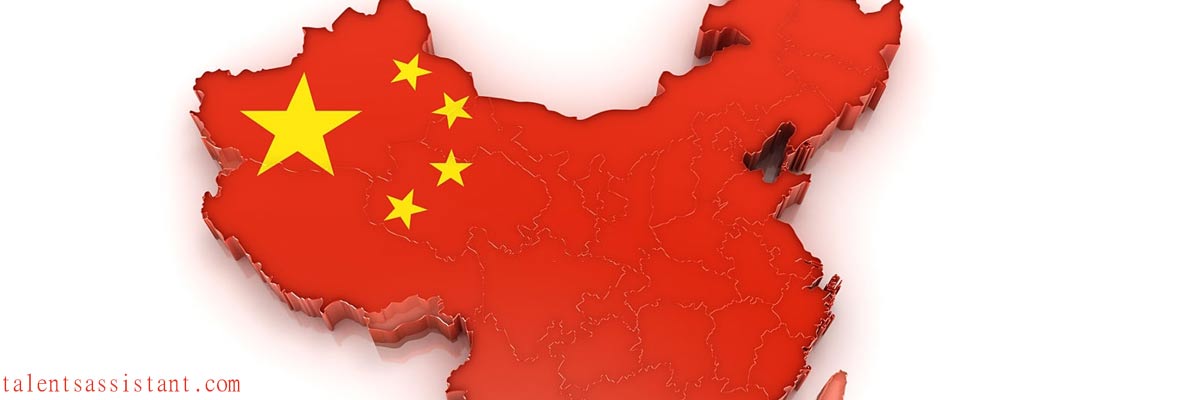
China is a country with 1.4 billion people. It is the 2nd largest economy in the world after the USA. It has the world’s largest manufacturing industries in the world. It is the 1st level consumer market and 2nd largest importer in the world. China also has a recognized military power and a huge collection of weapons. It spends billions of dollars on its defense party. China is increasing its power in international politics.
China is a single-party state. It is governed by the communist party of china. Three major institutes like the Communist party, Military, and state are the main actors of China politics. The party controls all the institutions of China. The General Secretary of china is the highest power in Chinese politics.
Political Parties play a vital role in Politics. The Politics of China is mainly operated by the Communist Party of China. There are 9 recognized parties in China’s politics. These political parties are discussed below.
Institutional Parties of China:
| Name | Date founded | Current leader |
| Communist Party of China | 1 July 1921 | General Secretary Xi Jinping |
| China Zhi Gong Party | 10 October 1925 | Chairman Prof. Wan Gang |
| Chinese Peasants’ And Workers Democratic Party | 9 August 1930 | Chairman Prof. Chen Zhu |
| China Democratic League(CDL) | 19 March 1941 | Chairman DingZhongli |
| Jiusan Society (JS) | 3 September 1945 | Chairman Prof.Wu Weihua |
| China Democratic National Construction Association (CDNCA) | 16 December 1945 | Chairman Prof.Hao Mingjin |
| China Association for Promoting Democracy (CAPD) | 30 December 1945 | Chairman Prof…Cai Dafeng |
| Taiwan Democratic Self-Government League (TDSGL) | 12 November 1947 | Chairman Su Hui |
| Revolutionary Committee of Chinese Kuomintang (RCCK) | 1 January 1948 | Chairman Wan Exiting |
The Communist Party of China (CPC) is the main political party of China. It was established on 23 July 1921 Chiefly by Chen Duxiu and Li Dazhao. After 1949 of the Chinese Civil War, The Party grew up quickly. Communist Party of China is controlling the armed forces, the People’s Liberation Army (PLA).
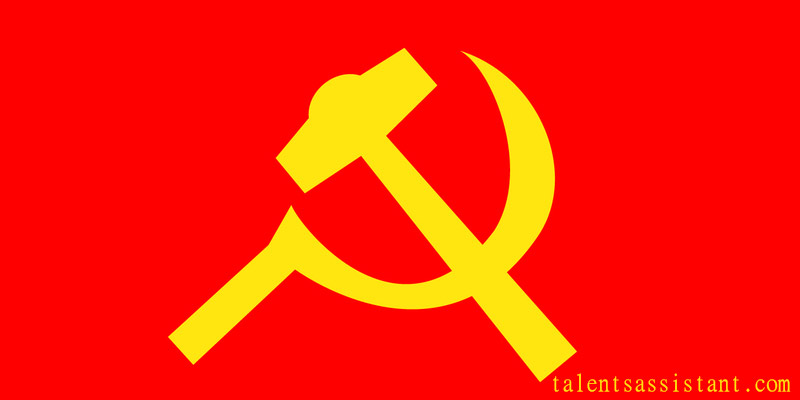
It is the 2nd Largest party in the world after the Bharatiya Janata Party. The Communist Party of China is organized by the theory of Russian Marxist and Vladimir Lenin’s Democratic centralism.
The party has driven the nation from the period of Chairman Mao to be the financial powerhouse it is nowadays, but along the way has endured no restriction and suppressed dissent. As the People’s Republic of China celebrates its 70th commemoration, we see at what part the party plays and how it runs China. If you’re in a rush, perused it in 100 words, if you’ve got time, in 600.
The Communist Party of China is in total control of the nation, from the government to police to the military. With a few 90 million individuals, it is composed like a pyramid, with the politburo and inevitably President Xi Jinping at the top. Media caption was so pleased and energized to connect the parade’ While there’s a parliament, the National People’s Congress, it just rubber stamps the choices taken by the party leadership.
The party includes a tight grasp on the media and the web to quiet dissent. Love for China is compared with adoration for the party, whereas more pluralistic and equitable models of government are rejected for national cohesion and growth.
China is successfully a one-party government. The Communist Party’s driving part is revered within the structure and whereas there are a few other little parties, they are obliged to back the Communists. China’s parliament fair signs off on laws displayed to it by the government Under author Mao Zedong, the Party upheld unbending totalitarian communism. However, the financial disappointment of the Awesome Jump Forward and the starvation and cleanses of the Social Insurgency caused millions of passings over the country.
After Mao’s passing in 1976, the nation gradually rose from stagnation, with the changes of Deng Xiaoping. Current President Xi Jinping came to control in 2012 and has since directed China’s development as worldwide super control.
.Around 7% of the populace are members of the party – faithful enrollment is fundamental for anybody who needs to climb the career step – whether in politics, trade, or indeed entertainment. That indeed goes for individuals like e-commerce mammoth Alibaba’s Jack Ma, telecom company Huawei’s author Ren Zhengfei or celebrities like performing artist Fan Bingbing.
If they are seen to go against party standards, they need to freely apologize to spare themselves from mystery detainment and abuse, which is precisely what happened with performing artist Fan final year.
Beginning from the neighborhood level, party associations choose the higher-up bodies to the administration. The National Party Congress chooses a central committee which in turn chooses the politburo. These races are as a rule chosen and affirmed already and the genuine powers rest with the politburo.
The Communist Party controls the nation from the government to police to the military. At the best, the politburo guarantees the party line is maintained and controls three other critical bodies:
The State Committee is the government, headed by the head – right now Li Keqiang – who is junior in rank to the president. Its part is the usage of party arrangements over the nation, for occurrence overseeing the national financial arrangement and the state budget.
The interface between military and party dates back to World War Two and the ensuing gracious war. The near ties are regulated by the Central Military Commission, driving China’s outfitted forces. It has control over the country’s atomic weapons store and its more than 2 million troops, the world’s biggest military.
The Communist Party does not endure contradict. No genuine opposition parties are allowed and pundits of the government hazard persecution. Repression of those who talk out against the authorities appears no signs of abating and a crackdown on human rights has heightens beneath President Xi. The crackdowns too do not save high-ranking party members. Bo Xilai, once a capable territorial party chief, was found blameworthy of debasement and manhandling of control in 2013 in a trial and sentenced to life in prison. China demands it is maintaining human rights and justifies its cruel hand in disagreeing by saying that lifting millions out of poverty trump’s personal liberties.
The China Zhi Gong Party is one of the eight legitimately recognized political parties within the People’s Republic of China that takes after the heading of the Communist Party of China (CPC) and is spoken to within the Chinese People’s Political Consultative Conference. The China Zhi Gong Party infers from the abroad Hung Society organization “Hung Society Zhigong Lobby” or “Chee Kong Tong”, based in San Francisco, USA. This organization was one of the key supporters of Sun Yat-sen in his progressive endeavors to topple the Qing dynasty.
The party was established in October 1925 in San Francisco and was driven by Chen Jiongming and Tang Jiyao, two ex-Kuomintang warlords that went into restriction. There to begin with the stage was federalism and a multi-party vote based system. The party moved its central command to Hong Kong in 1926. After the Japanese attack of Manchuria in 1931, it started locking in anti-Japanese purposeful publicity and boycotts.
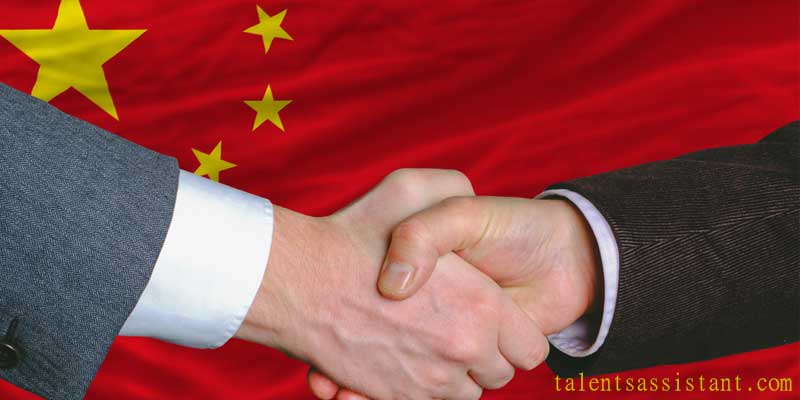
The party was nearly wiped out amid the Japanese occupation of Hong Kong. The party turned to the left amid its third party congress in 1947. After the People’s Republic of China was established, at the welcome of the CPC, agents of the CZGP went to the Primary Whole Session of the CPPCC in 1949.
They took part in drawing up the CPPCC Common Program and choosing the Central People’s Government. As part of the Chinese Communist Party’s revamping of the minor adjusted parties, the CZGP was assigned as the party of returned abroad Chinese, their relatives, and famous figures and researchers who have ties abroad. At events, the party shows up to be utilized as a helpful middle person for contacts with certain outside interfaces. For case, when an appointment of Paraguayan lawmakers gone by Beijing in 2001 and met Li Peng (despite Paraguay having political relations not with PRC but with ROC in Taiwan), it was welcomed not by the PRC government or the Communist Party, but by the Zhi Gong Party.
The party had its beginnings within the collapse of the Primary United Front when they began to meet in November 1927. Its unique individuals were left-wing Patriots and removed Communists which called themselves the “Temporary Activity Committee of the Chinese Patriot Party” or “Third Party” (despite the name, the Youthful China Party was third-biggest within the late 1920s–40s). After the Admirable 1930, the party got to be a cohesive substance beneath Deng Yanda, who organized it beneath majority rule centralism like both the Patriots and Communists. Deng was furtively executed by Chiang Kai-shek in 1931 and the party went underground.
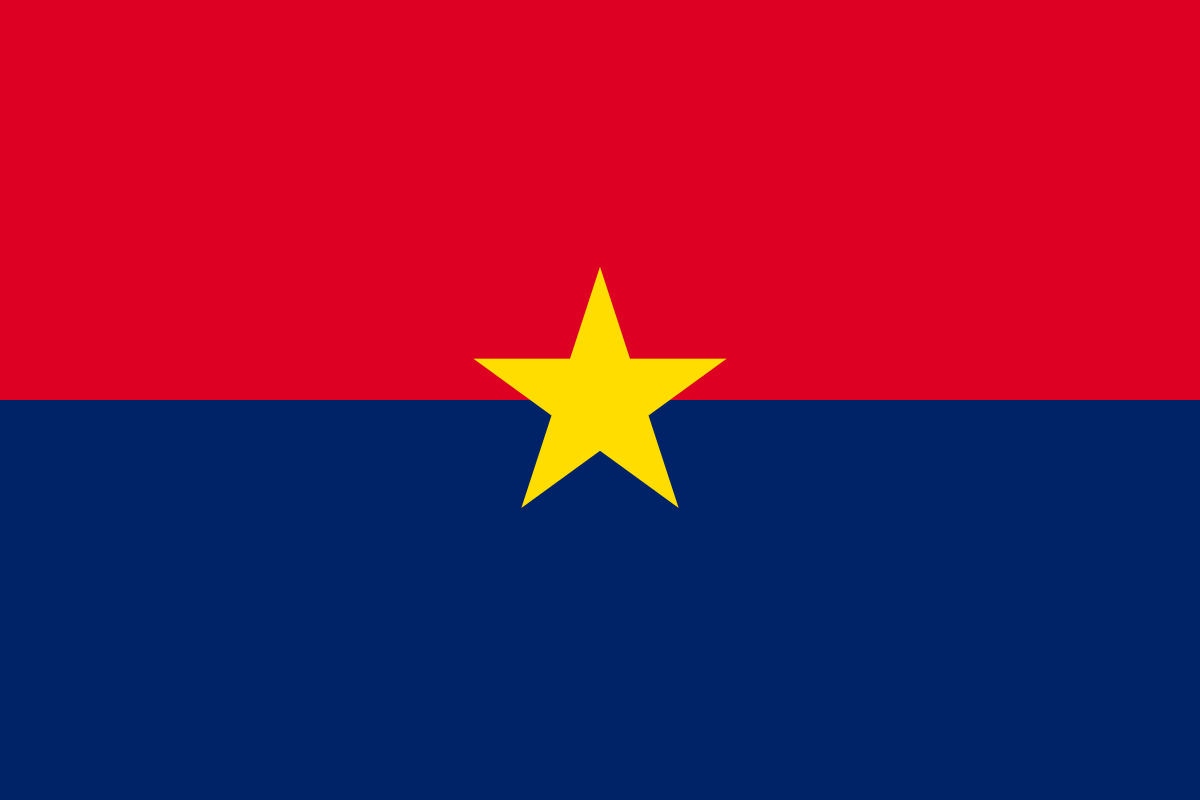
Image Source: Wikipedia
In 1933, the party, presently driven by Huang Qixiang, joined with the short-lived “Profitable People’s Party” in beginning the fizzled People’s Progressive Government of the Republic of China. In 1935, they renamed themselves into the “Chinese Activity Committee for National Freedom”. It was one of the establishment parties of the China Law based Alliance. Its pioneers renamed the party in February 1947 to its current name. Presently, the Chinese Peasants’ and Workers’ Majority rule Party comprises participation of 144,000, most of whom work within the areas of open wellbeing, culture and instruction, science, and innovation.
The party was built up in 1941 and took its display title in 1944. At its arrangement, it was a consolidation of three pro-democracy parties and three weight groups[disambiguation needed]s. Its two primary objectives were to bolster China’s war effort amid the Moment Sino-Japanese War and to supply a “Third Way” from the Patriots and the Communists. Powerful individuals or supporters included Zhang Dongsun, Zhang Junmai (Carson Chang), Luo Longji, Dish Guangdong, Huang Yanpei, Fei Xiaotong, Li Huang of the Youthful China Party, Wu Han, Chu Anping, and Wen Yiduo. After the war, numerous Americans in China were thoughtful.
Theodore White composed that on the off chance that “the men of the center bunch were well organized, they seem to ensure peace. But they are not. They need an armed force, a political machine, and roots in any social lesson. As it were the spread of instruction and industry can make sufficient men of the present-day world grant them a wide social base. But frustration with the Patriot government, which outlaw.
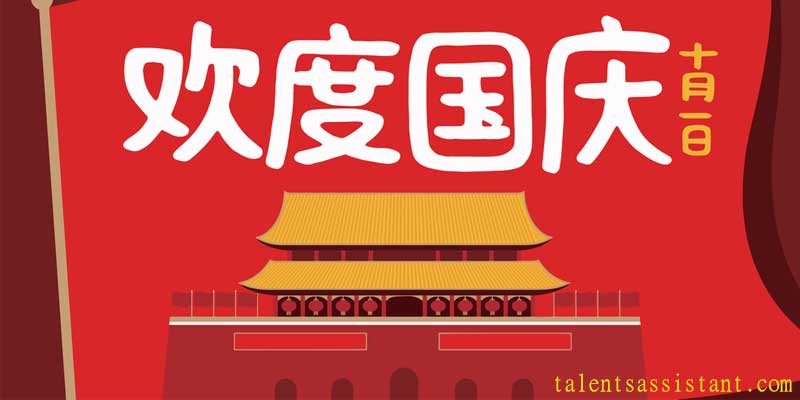
The party in 1947 and invasion by the Communists caused the Alliance to tilt towards the CCP amid the Chinese Gracious War. From there on, two of its constituent parties, the China National Communist Party and the Chinese Youth Party, cleared out the Alliance to connect the Patriots in Taiwan. The “Third Party” in the long run got to be the Chinese Peasants’ and Workers’ Law based Party in 1947. It cleared out the Alliance but kept its communist ideology. The three intrigued bunches were the National Salvation Affiliation, the Provincial Reproduction Affiliation, and the Professional Instruction Society. The NSA, by the distance the biggest and most well known of the intrigued bunches, was propelled by the National Salvation Armed forces and existed to energize resistance against Japan, but got to be unimportant after the war’s conclusion.
There was an agrarianism campaign shaped from the Country Reproduction Development, which was initially unfriendly to communism but their interface in laborer welfare steadily crossed. The third intrigued bunch, the Vocational Instruction Society needed to set up professional schools all through China and got to be the center of the China Equitable National Development Association. Its chairperson Zhang Lan served as the bad habit chairman of the Central People’s Government of the People’s Republic of China (1949–54).
The Jiusan Society is one of the nine lawfully recognized political parties within the People’s Republic of China that take after the heading of the Communist Party of China and are individuals of the Chinese People’s Political Consultative Conference. The party’s unique title was “Popular government and Science Gathering”, the current title alludes to the date of Chinese triumph within the Moment Sino-Japanese War (September 3, 1945).
The party’s mission articulation is to “lead the country to control and the individuals to thrive,” even though this must be subordinate to the national interest. The party had the participation of 167,218 individuals by June 2016, for the most part tall- and medium-level knowledge within the areas of science, innovation, instruction, culture, and medication.
The China National Law based Development Affiliation, top China Law based National Development Affiliation (CDNCA), too known by its Chinese shortened from Minjian, is one of the eight legitimately recognized political parties within the People’s Republic of China that take after the course of the Communist Party of China and are individuals of the Chinese People’s Political Consultative Conference. It was established in Chongqing in 1945 by the Professional Instruction Society, a previous part of the China Majority rule League.
Its vice-chairperson Rong Yiren served as the third Bad habit President of China beneath the 4th Structure of the People’s Republic of China from 1993 to 1998. Members are mainly business visionaries from the fabricating, money related, or commercial businesses in both private and state segments. The chairman of CDNCA is Chen Changzhi, the previous vice-minister of the Service of Supervision.
The China Association for Advancing Democracy is one of the eight legitimately recognized political parties within the People’s Republic of China that takes after the heading of the Chinese Communist Party and is a part of the Chinese People’s Political Consultative Conference. It was shaped on 30 December 1945. It holds seats within the National People’s Congress of China.
The Taiwan Democratic Self-Government League is one of the nine lawfully perceived political parties within the People’s Republic of China. It is too known by its Chinese abbreviation Taming that take after the course of the Communist Party of China and are individuals of the Chinese People’s Political Consultative Conference.

It was shaped in Hong Kong in November 1947 by individuals of the Taiwanese Communist Party who survived the February 28 Incident. Taming includes the participation of 3,000 peoples, most of whom are noticeable people that are from Taiwan or are of Taiwanese legacy, but presently dwell on the territory.
It was established in January 1948, amid the stature of the Chinese Civil War, by individuals of the cleared out wing of the Kuomintang (KMT), particularly those who were against Chiang Kai-shek’s policies. The primary Chairman of the party was Common Li Jishen, a senior Patriot military commander who had numerous debates with Chiang over a long time, whereas Tune Qingling (the dowager of Sun Yat-sen) was named Privileged Chairwoman. Other early driving members were Wang Kunlun, Cheng Qian, He Xiangning, and Tao Zhiyue.
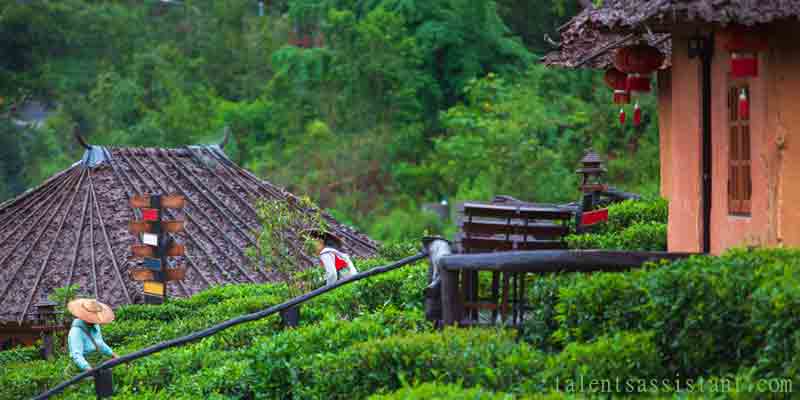
The party claims to be the genuine beneficiary of Sun Yat-sen’s bequest. By the conclusion of 2017, it had 131,410 members. Song Qingling served as the Bad habit President of the People’s Republic of China and Privileged President of the People’s Republic of China. Li Jishen served as Bad habit Chairman of the Central People’s Government and Bad habit Chairman of the Central Military Commission.
The Central Administration System of China has consisted of several levels since ancient times. The constitution of china is divided into three levels of government. There are five practical levels of local government these are
China is the most important country in the world. China has played a vital role in world politics. It is trying to impose power on many countries. Some political aspects of china are discussed below.
Many spectators within the West accepted that joining China into the worldwide economy would lead to residential liberalization and worldwide balance.
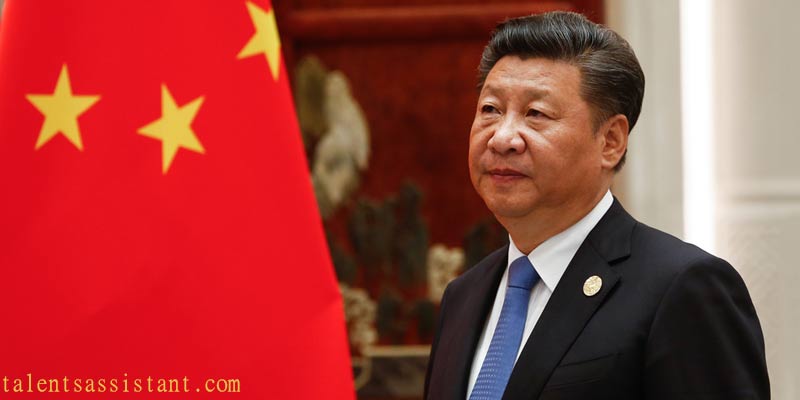
Instep, beneath Xi, China has taken the picks up of its financial risk, whereas splitting down on what small households disagree had risen beneath past leaders.
1. What China will lose by reining in Hong Kong’s opportunities, in Beijing Will Come to Lament the Conclusion of Hong Kong’s Autonomy
2. How China employments its civilian angling armada to develop its key objectives, in China Appears No Signs of Checking Its Illicit Angling Industry
3. What later moves by Beijing cruel for Tibet’s freedom goals, in Whereas All Eyes Were on Hong Kong, China Fair Finished Trusts for a ‘Free Tibet’
4. How Xi is closing the final semi-protected space for political disagree, in Xi’s Boldest Faultfinder Is the Most recent Target of China’s Crackdown on Contradict
China features a long history of help and venture within the creating world.
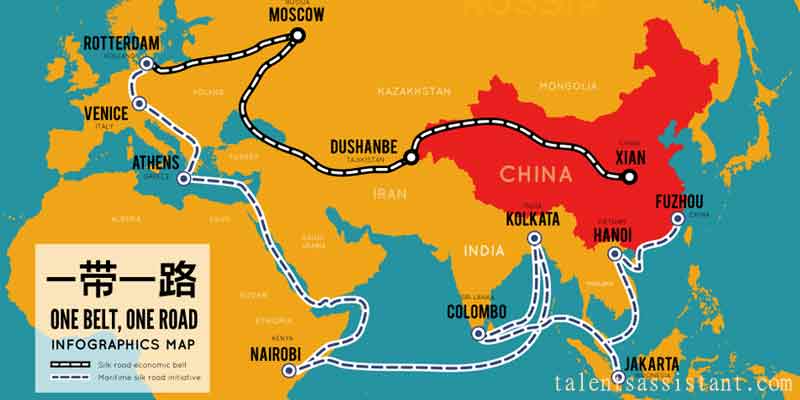
Presently its worldwide framework activity is making advances not as it were in Asia and Africa but to Europe.
1.Why an unused U.S. activity to fund Asian foundation things indeed in case it can’t supplant the Belt and Street, in Can the ‘Blue Dab Network’ Truly Compete With China’s Belt and Road?
2.What is truly driving the Belt and Street Activity, in China’s Belt and Street ‘Reboot’ Is Truly a Foreign Influence Campaign
3.The history of Chinese ventures, and how this time may well be diverse, in China’s ‘One Belt, One Road’ Conspire Falls Into Recognizable Venture Traps
4. How the “Belt and Street” activity entered the heart of Europe, in Italy’s Belt and Street Bargain With China Extends Cracks within the Euro-Atlantic Alliance
As positive thinking almost China’s rise started to blur after the Obama organization, the U.S. foreign policy community rapidly grasped a bipartisan agreement on the ought to get intense on Beijing.
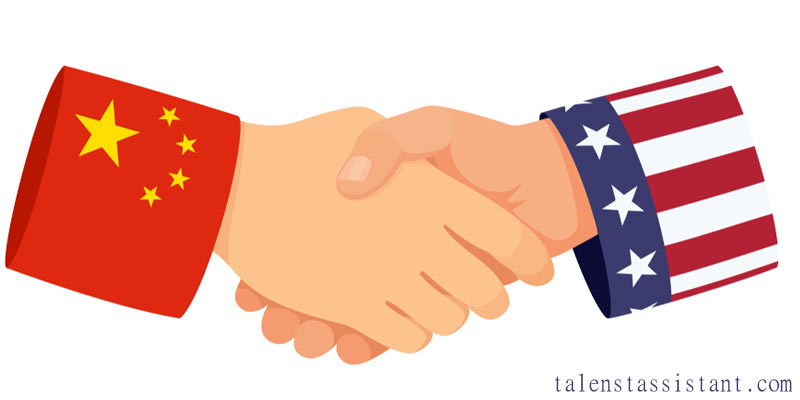
But President Donald Trump’s exchange war and calls for a new Cold War might conclusion up being counterproductive.
1. Why it’ll be harder to conclude the exchange war than it was to begin it, in How Will Trump or Biden End the Exchange War With China?
2. How semiconductor chips are getting to be ground zero within the U.S.-China tech war, within The Fight Over Chips Warms Up within the Heightening U.S.-China Tech War.
3. Why Trump’s provocative approach to China seem blowback, within The Numerous Dangers of Trump’s Hawkish Turn on China
4. What a Cabinet-level visit to Taiwan implies for U.S. relations with China, in How Much Will Azar’s Trip to Taiwan Incite China?
In recent times, China Politics is a mentionable example in world politics. It is trying to control the world market by using new policies and systems. Media and the web – counting social media – are tightly controlled in China. Internet censorship controls get to numerous Western news websites, as well as Google, Facebook, YouTube, and Twitter.
Reference
© Copyright 2020, Talents Assistant | Design & Developed by AtZ Technology